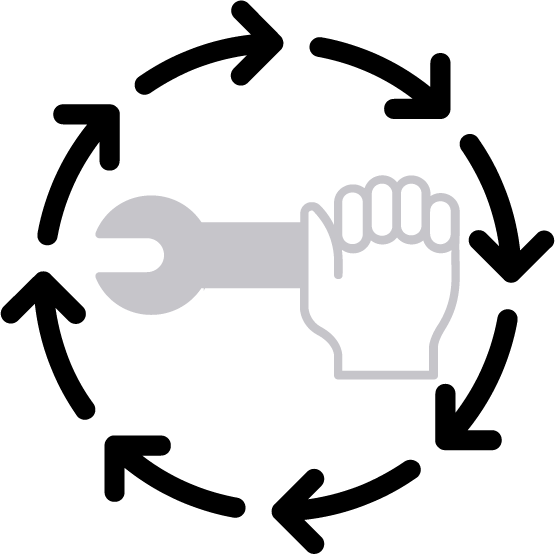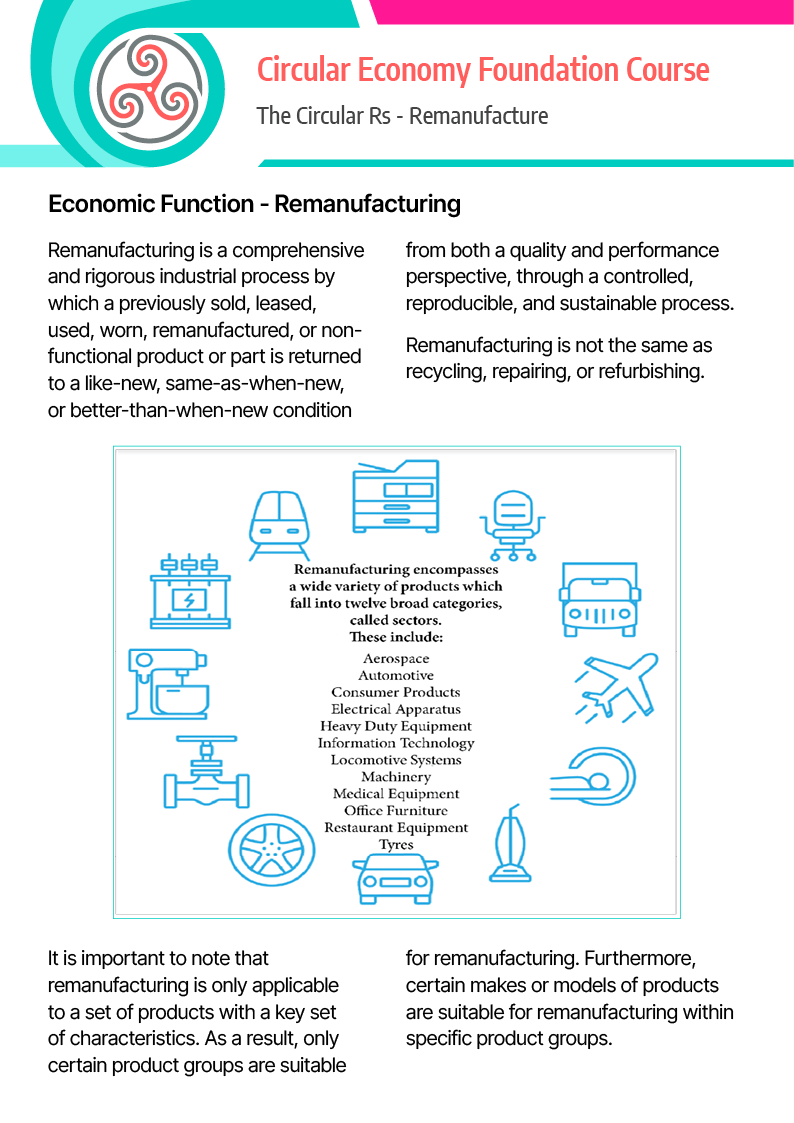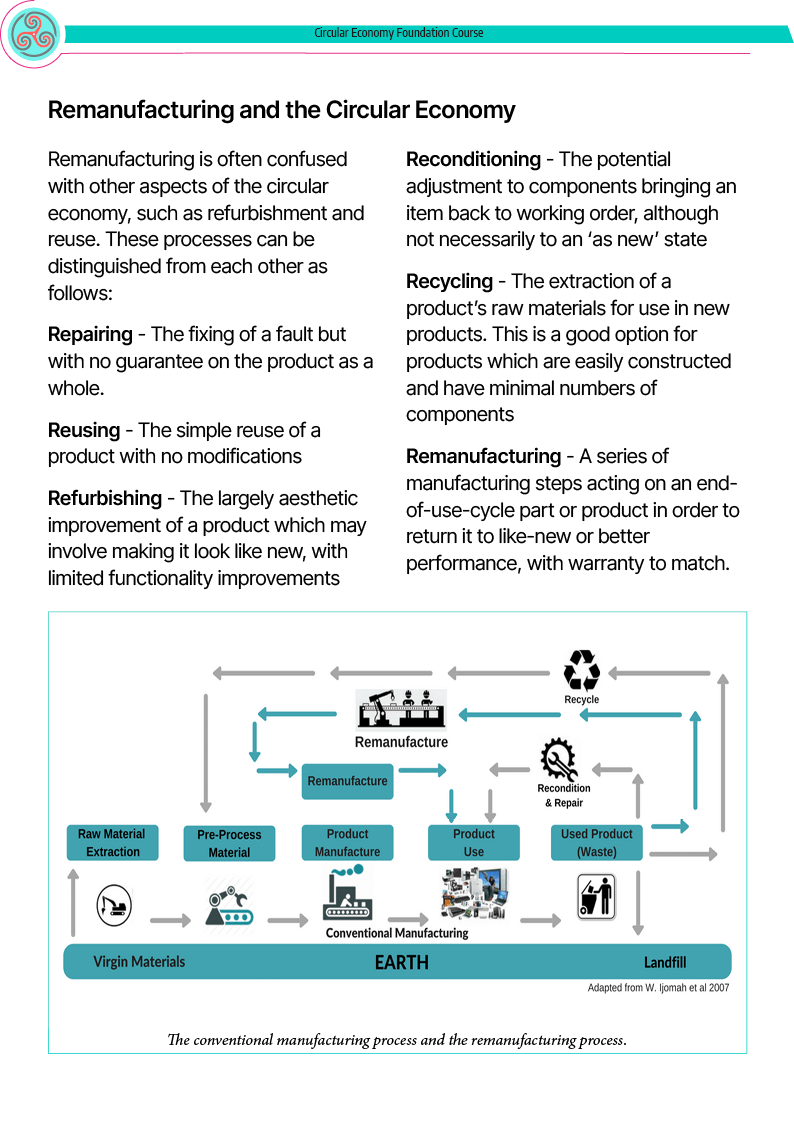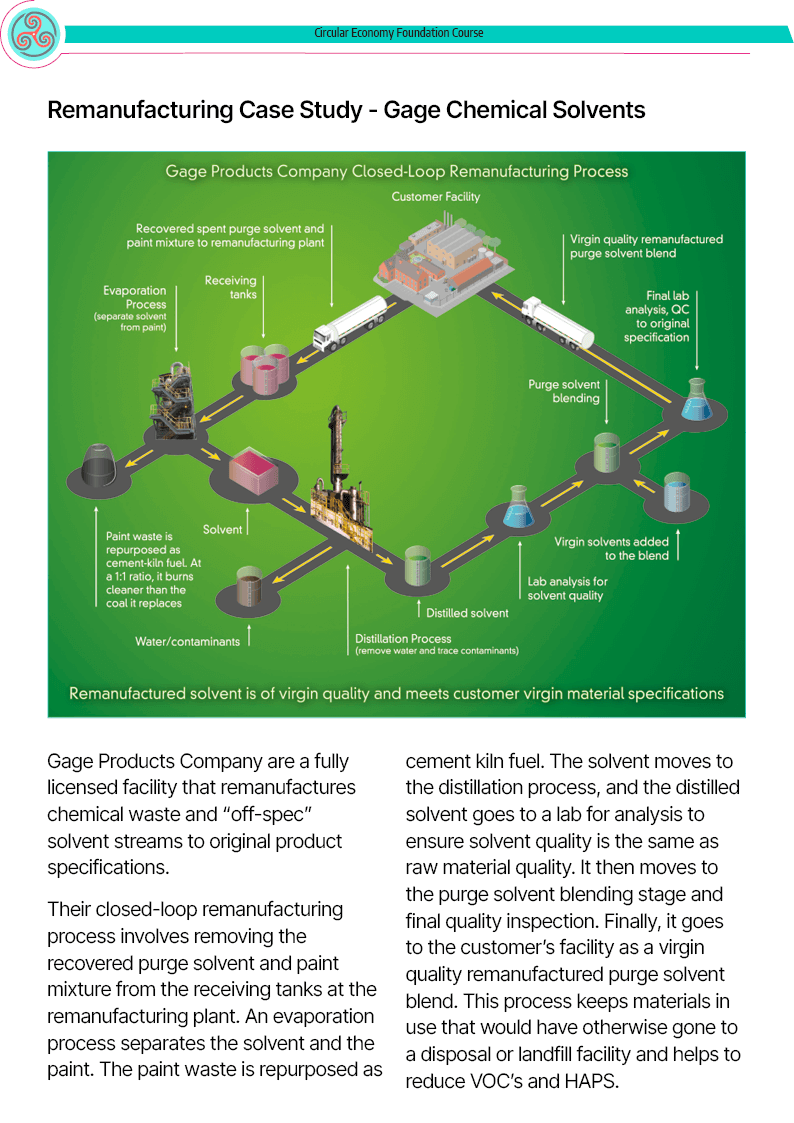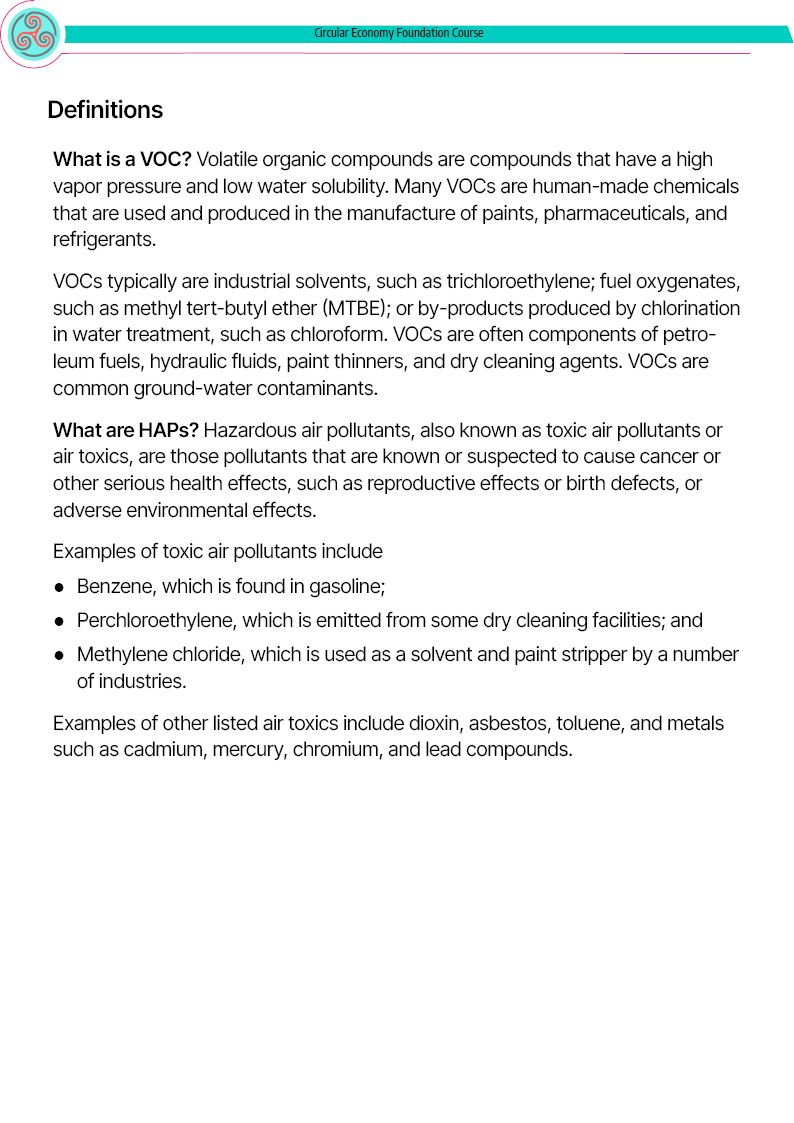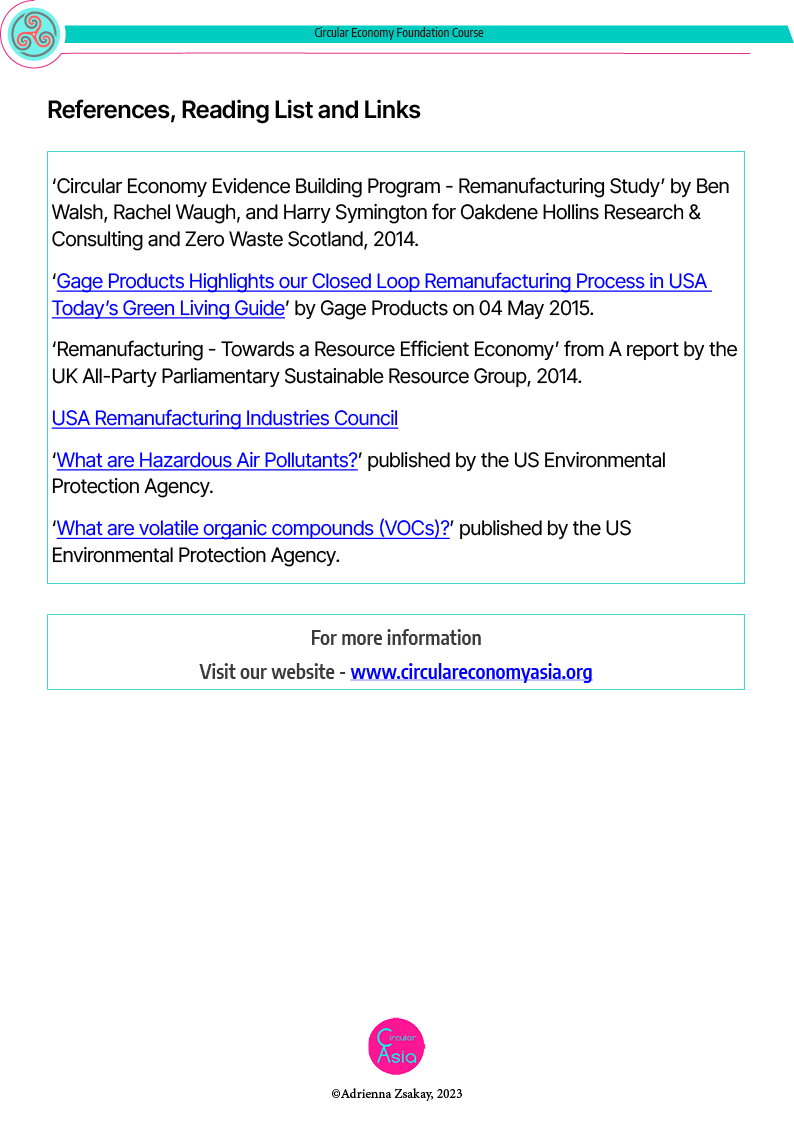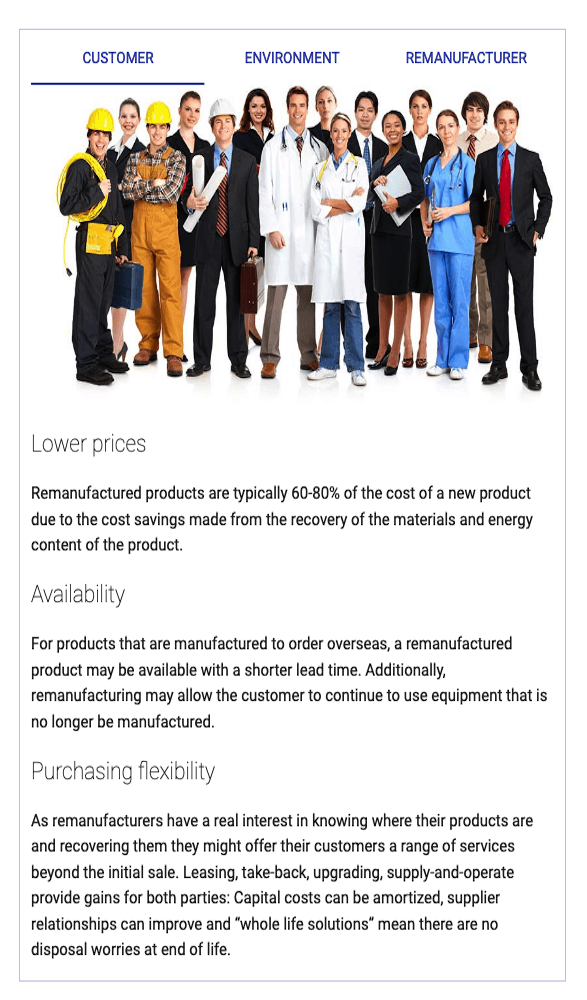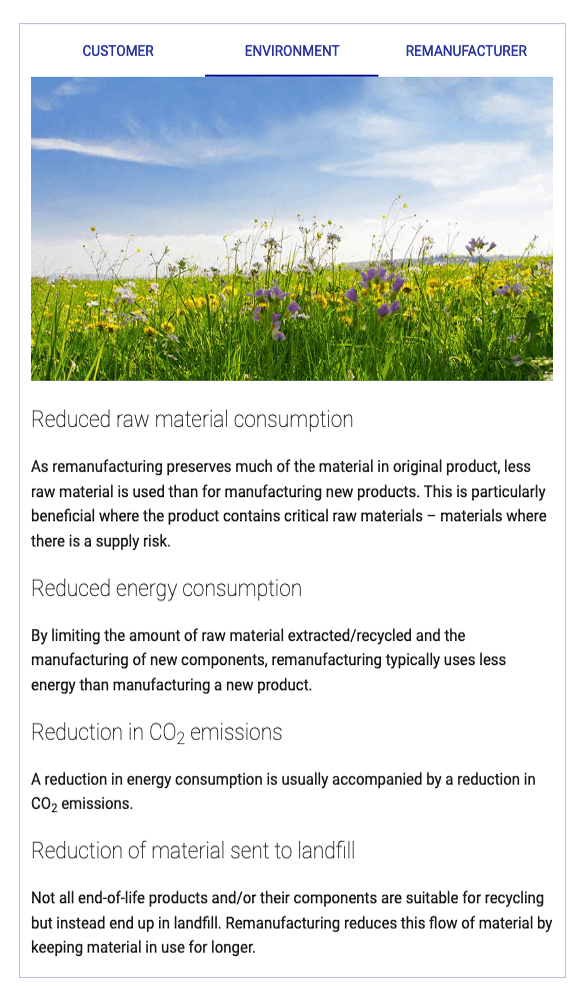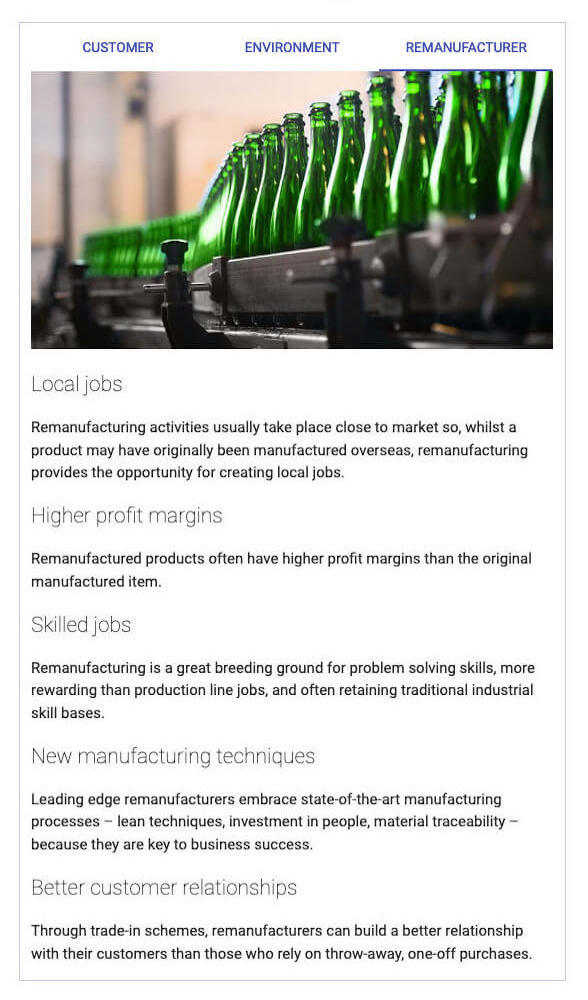Remanufacturing for the Circular Economy
Remanufacturing is a comprehensive and rigorous industrial process by which a previously sold, worn, or non-functional product or component is returned to a “like-new” or “better-than-new” condition with a warranty that guarantees a level of performance and quality.
Remanufacturing is not the same as “recycling” or “repairing”. A lack of awareness of remanufacturing and its benefits by dealers, customers and policymakers remains a major obstacle to growth of the industry.
Some of the benefits of remanufacturing include:
-
- Conservation of materials (of increasing importance as raw materials become scarcer and more expensive)
- Reduced energy consumption during manufacturing
- Reduced waste (and associated disposal costs)
- Lower price for comparable quality
Some of the most commonly remanufactured product categories are:
-
- Aircraft components
- Automotive parts
- Electrical and electronic equipment
- Engines and components
- Medical equipment
- Office furniture
- Printing equipment
- Restaurant and food-service equipment
Remanufacturing is an important component of a resource-efficient manufacturing industry. By keeping components and their embodied material in use for longer, significant energy use and CO2 emissions to air and water can be reduced. In addition to improving resource management, remanufacturing provides opportunities for the creation of highly skilled jobs and economic growth.
Click to enlarge and scroll images
The Circular Rs are part of the Circular Economy Foundation Course.
Remanufacturing – An Economic Function of the Circular Economy
So what’s different between the life cycle of the newly manufactured product and the remanufactured one? The new product is made entirely from new raw materials, and follows the dominant economic model of our day, a linear economy. Products are made with raw materials, they are consumed, and many end up as waste once they are discarded. Some products and materials are widely recycled and returned back to the early stages of manufacturing.
However, recycling used components means much of the energy and value they embody is lost. In contrast, the remanufactured transmission follows a circular-economy model that looks to design reuse into an economy while phasing waste out of it. This means that end-of-use-cycle products and components are brought back into the economy as inputs to the remanufacturing process to produce newly remanufactured products. While a remanufactured product will likely contain some new parts and cannot be reprocessed indefinitely, it significantly reduces the need for virgin primary natural resources and the amount of waste that is generated.
Download the ninth part: Remanufacturing PDF file.![]()
Benefits of Remanufacturing
Click on the images to expand
Knowledge Centre
This section contains a large selection of reports, research, presentations, case studies, images and infographics.
References
- Remanufacturing image: DinoSoftLabs from The Noun Project
- Partial text: Remanufacturing Industries Council
- Benefits of Remanufacturing images: European Remanufacturing Network
- ‘What is Remanufacturing?‘ from Golisano Institute for Sustainability, Rochester Institute of Technology, published 30 April 2020
References
- Knowledge Centre: Freepik from Flaticon
- Information: CleanPNG
- Video: Freepik
- Links: Icon Finder

